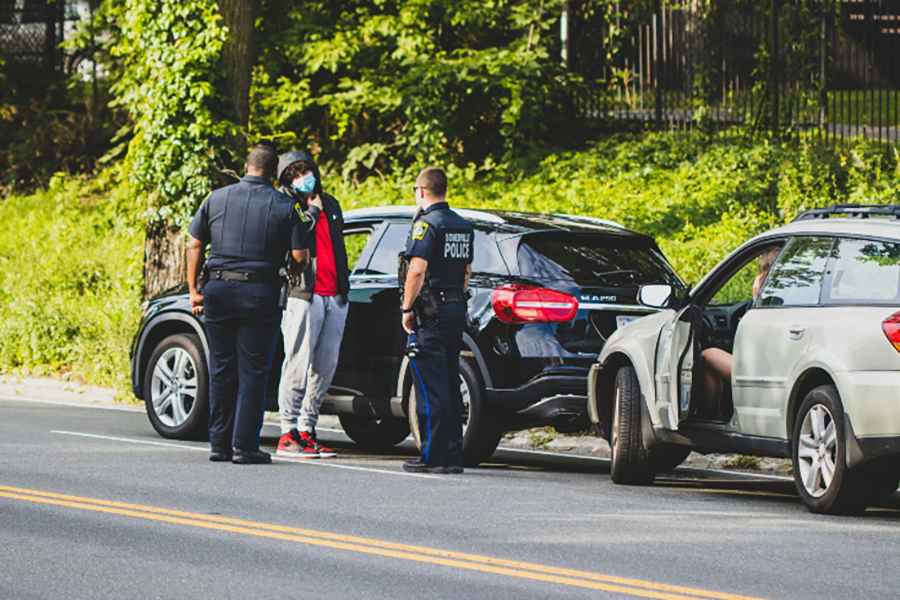Celebrity Crash Cases in California: What Legal Insight They Offer
When a celebrity is involved in a car crash, the headlines spread quickly — but beyond the media buzz lies a complex web of legal processes that offer valuable insight into California’s accident laws, including what goes into a Torrance accident claim. From high-speed collisions to DUI-related incidents, these high-profile cases not only capture public attention but also highlight how personal injury, liability, and criminal statutes are enforced in real-world situations. Whether it’s a multimillion-dollar lawsuit or a dismissed charge due to lack of evidence, understanding how these cases unfold can help everyday Californians navigate their own legal rights and responsibilities after a crash.

Legal Lessons from High-Profile Accidents
Celebrity crash cases often unfold under intense media scrutiny, but at their core, they reflect the same legal principles that apply to every California driver. Take Caitlyn Jenner’s 2015 Malibu accident, which resulted in a fatality. Although Jenner was not criminally charged, the civil suits that followed spotlighted the concept of negligence, particularly rear-end collisions and their presumed fault under California law. The case also underscored how evidence like surveillance footage and witness statements can heavily influence liability outcomes in both criminal and civil courts.
Similarly, Tiger Woods’ 2021 solo crash in Rancho Palos Verdes prompted questions around reckless driving and potential DUI involvement. Although no charges were filed due to a lack of probable cause, the case raised public awareness about how law enforcement must follow strict legal protocols before making arrests or pursuing charges, even when the driver is a public figure. These examples show that while fame may complicate the narrative, the legal framework governing fault, liability, and due process remains consistent.
Media Influence & Justice: Are Celebrities Treated Differently?
The intersection of celebrity and justice often sparks debate, particularly when high-profile crash cases appear to result in lenient outcomes. In some instances, public figures benefit from top-tier legal representation and media teams that shape the narrative before formal charges are even considered. For example, after Caitlyn Jenner’s fatal crash, critics questioned whether a non-celebrity would have faced criminal charges. While prosecutors cited a lack of sufficient evidence, public opinion leaned heavily toward the idea that fame may have softened the legal response.
Media coverage can also indirectly influence how cases are handled by law enforcement and prosecutors. The pressure to maintain public trust or avoid accusations of bias can affect charging decisions, especially when the person involved has a global following. Additionally, celebrities often settle civil suits quickly and privately, avoiding prolonged court battles and public scrutiny — a luxury not always available to the average Californian. These dynamics raise important questions about fairness and consistency in the application of the law.
Behind the Headlines
High-profile crash cases involving celebrities often reveal the inner workings of California’s personal injury laws in a way that's both public and instructive. For instance, the lawsuits following Caitlyn Jenner’s 2015 accident highlighted how comparative fault plays a role in determining liability, even when multiple drivers contribute to the crash. In wrongful death claims stemming from fatal collisions, families may pursue compensation for emotional and financial losses, as was the case in several celebrity-related incidents. These cases also demonstrate how insurance negotiations unfold, especially when multimillion-dollar policies and public reputations are at stake, helping everyday Californians better understand what to expect in similar legal disputes.
The Role of Insurance in Celebrity Crashes
When celebrities are involved in car crashes, the financial stakes are often far higher than in typical accidents. Many public figures carry high-limit auto insurance policies and umbrella coverage to protect their assets from multimillion-dollar claims. In Caitlyn Jenner’s crash case, for example, the civil lawsuits that followed targeted not only Jenner personally but also her insurance coverage. These claims often involve extensive negotiations behind the scenes, where victims seek compensation for medical bills, lost wages, and emotional distress.
Even in cases where no criminal charges are filed, insurance-related civil litigation can move forward independently. This is particularly important in California, where fault-based insurance laws allow victims to pursue compensation directly from the at-fault driver. Celebrities, aware of their financial vulnerability, often settle quickly to avoid negative publicity or drawn-out trials. These cases illustrate how insurance isn't just about covering damages — it's also a tool for managing risk, reputation, and long-term liability exposure.
Cautionary Tales for All Drivers
While celebrity car crashes often dominate headlines for their drama and star power, they also serve as powerful reminders that no one is above the law—or the risks of the road. Many of these accidents involve common issues like distracted driving, speeding, or impaired judgment—mistakes any driver could make. The key difference is that celebrities have the resources to manage the aftermath, while everyday Californians may face serious financial and legal consequences without the same support.
These high-profile cases highlight the importance of being legally prepared and well-informed. From carrying adequate insurance coverage to understanding how liability works in an accident, there’s a lot regular drivers can learn. Knowing your rights, documenting the scene, and seeking legal help early can make a huge difference. Celebrity crashes may grab headlines, but the legal lessons they offer are relevant to everyone who gets behind the wheel.
Ask ChatGPT